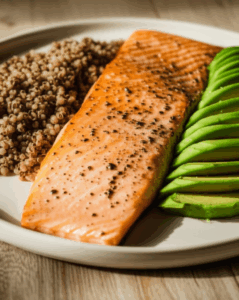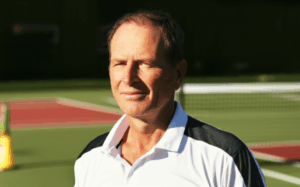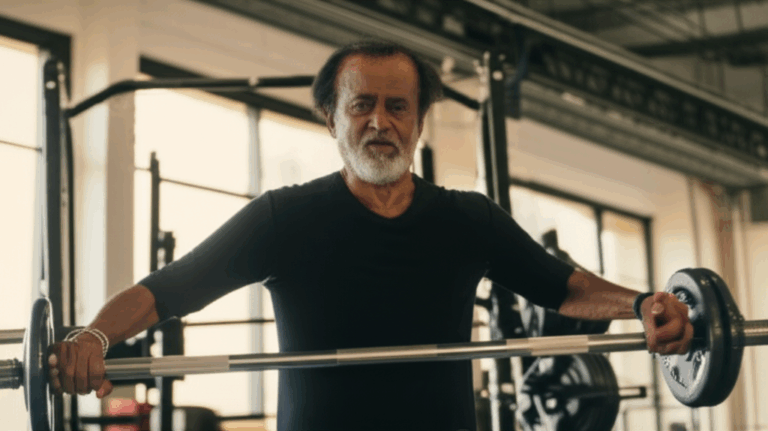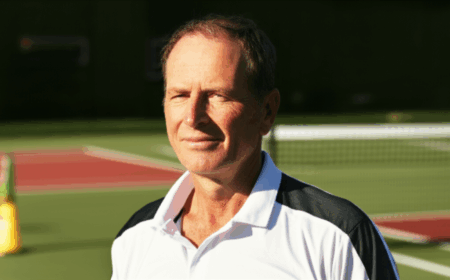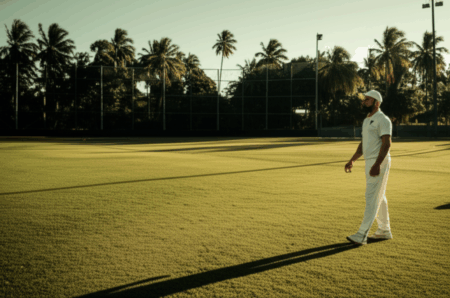For many, the idea of intense physical activity diminishes with age, often replaced by a belief that declining strength and increased fragility are inevitable. Yet, cinematic icon Rajinikanth, at 74, is redefining what’s possible, not just on screen but in the gym, showcasing a formidable fitness routine that shatters common misconceptions about aging and exercise. His dedication serves as a powerful testament to the benefits of consistent physical activity, proving that age is, indeed, just a number when it comes to maintaining vitality and strength.
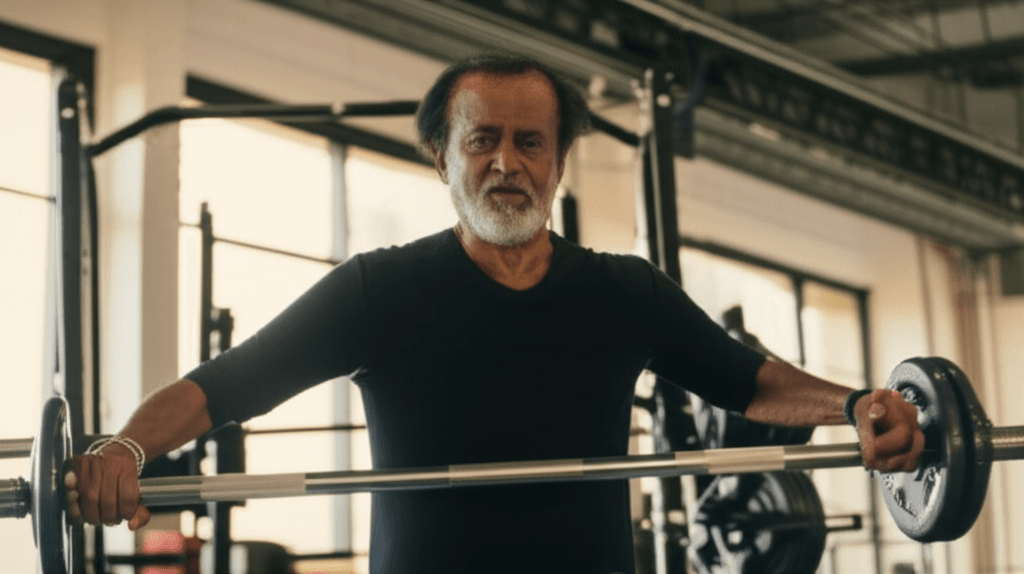
The Thalaiva’s Age-Defying Routine
Rajinikanth’s enduring energy and continued presence in high-octane films like “Coolie” are not mere coincidences but the result of a disciplined and holistic approach to health. His fitness regimen is anchored in simplicity, balance, and mindful living.
Strength and Stamina: Lifting Weights and Cardio
Recent viral videos have captured the superstar engaging in rigorous gym workouts, including incline dumbbell presses and squats, under the supervision of his trainer. These exercises are crucial for building and maintaining upper body and lower body strength, respectively. Beyond weightlifting, his routine incorporates swimming, strength training, and cardio, alongside occasional dance practice to maintain sharp movements. Rajinikanth is also known for his early rises, often starting his day around 5 a.m. with brisk jogs or walks, and sometimes adding an evening stroll to keep his energy levels high. Cardiovascular exercises like brisk walking, swimming, and cycling are highly beneficial for heart health, strengthening the heart muscle, and managing blood pressure.
Flexibility and Mind-Body Connection: Yoga and Meditation
Beyond physical exertion, Rajinikanth integrates practices that nurture his mind and body. Yoga and breathing exercises are central to his routine, providing flexibility and balance. He has credited over 20 years of Kriya Yoga practice for boosting his energy, focus, and inner calm. Meditation is also a significant part of his day, aiding in stress reduction and maintaining mental alertness. Quality sleep is non-negotiable for the actor, ensuring his body recovers and recharges.
Fueling the Body: Diet and Rest
Rajinikanth’s fitness is also supported by a simple, clean, and predominantly vegetarian diet that he adopted over a decade ago. His meals are light, fresh, and rich in vegetables, with a strict avoidance of sugar, ghee, heavy milk products, processed foods, junk food, cheese, mayonnaise, fatty meats, excessive salt, and artificial sweeteners. This disciplined dietary approach promotes overall well-being, weight maintenance, and healthy digestion. He has also notably quit smoking and drinking, habits known to accelerate aging and lead to various health issues. His philosophy emphasizes living by the mantra, “Desire less, think less, eat less, sleep less, and work out regularly,” embodying a holistic path to wellness that encompasses not just physical fitness but also hydration, social relationships, and a calm demeanor.
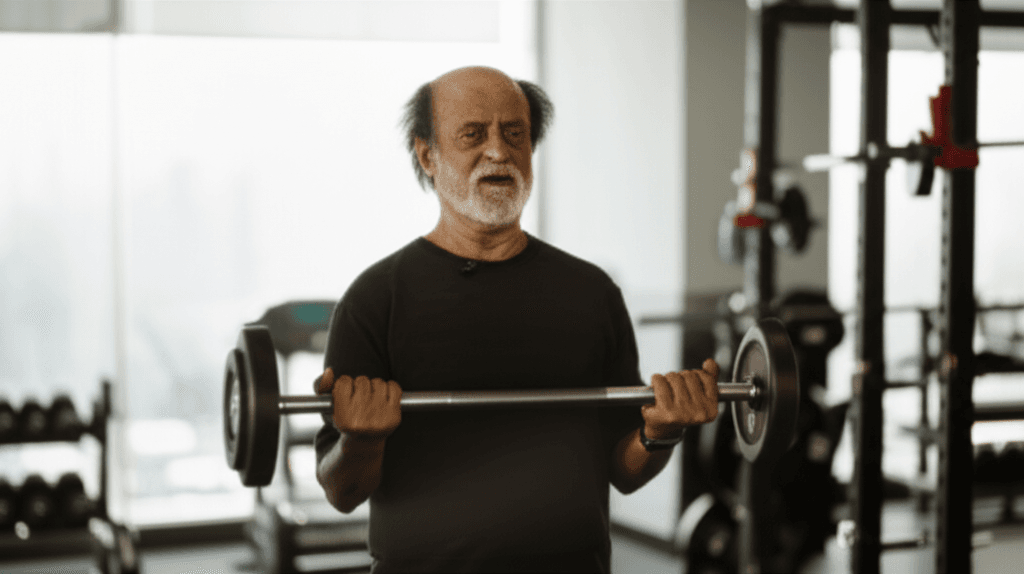
Debunking Common Myths About Senior Fitness
Rajinikanth’s active lifestyle at 74 directly challenges several pervasive myths about aging and exercise.
Myth 1: Too Old to Start or Benefit from Exercise
Many believe that reaching a certain age means it’s too late to begin exercising or that the benefits will be minimal. This is unequivocally false. Research indicates that exercise for aging adults is not only safe but highly beneficial, and people can safely start exercising in their 70s, 80s, and even 90s, regardless of prior activity levels. Even light activity can be a powerful tool for preventable disease management. In fact, individuals who become active later in life may reap more physical and mental benefits than younger people.
Myth 2: Exercise Hurts Aging Joints or Increases Injury Risk
Another common concern is that exercise will exacerbate joint pain or increase the risk of falls and injuries in older adults. On the contrary, regular physical activity can actually help manage aches and pains and strengthen the body. As physical therapists often say, “motion is lotion,” meaning movement helps keep joints healthier. A well-designed fitness program for seniors builds strength, flexibility, and balance, which in turn protects joints and reduces the risk of falls. While bodies may become less resilient to injury with age, staying active improves balance, flexibility, and muscle strength, thereby reducing injury risk.
Myth 3: Exercise Won’t Help Cognitive Decline
Some might think that exercise primarily benefits the body, with little impact on age-related cognitive decline. However, regular exercise releases brain-derived neurotrophic factor (BDNF), a protein that builds new mental connections and enhances learning and memory. Higher BDNF levels have been shown to slow age-related memory decline and preserve brain function. Studies have also linked exercise to improved mood, cognitive function, and better sleep.
Myth 4: Seniors Need Less Frequent or Intense Exercise
There’s a misconception that older adults should exercise less frequently or avoid intense workouts. The truth is that exercise guidelines are generally the same for all adults, regardless of age. Adults aged 65 and over are encouraged to be physically active every day, including activities that improve strength, balance, and flexibility at least twice a week. Moderate-to-high-intensity exercise is beneficial at any age, provided it’s done safely and with proper guidance.
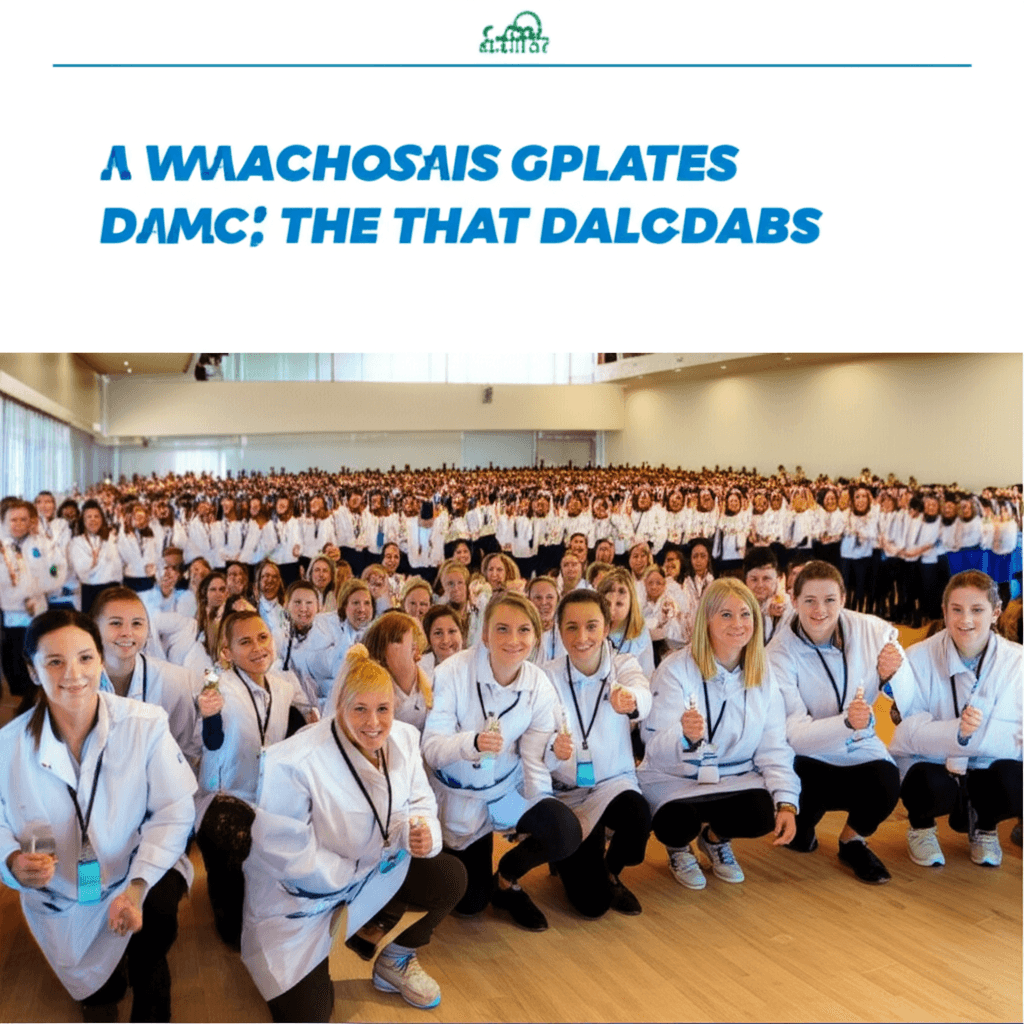
The Science-Backed Benefits of Exercise for Older Adults
The science overwhelmingly supports the myriad benefits of exercise for seniors, validating Rajinikanth’s commitment to fitness.
Maintaining Muscle Mass and Bone Density
As people age, there is a natural decline in muscle mass, a process known as sarcopenia, and a loss of bone density, which can lead to weakness, increased risk of falls, and fractures. Strength training, like the incline dumbbell presses and squats Rajinikanth performs, is crucial for counteracting this loss, stimulating muscle growth, and strengthening bones. It can even help reverse frailty in older adults.
Enhancing Cardiovascular Health and Preventing Disease
Regular physical activity significantly reduces the risk of chronic conditions such as heart disease, stroke, type 2 diabetes, high blood pressure, and certain cancers. Cardio exercise specifically strengthens the heart muscle and helps manage blood pressure, making it ideal for maintaining cardiovascular health. Exercise also improves overall immune function, which is particularly important for seniors whose immune systems may be compromised.
Boosting Mental Well-being and Cognitive Function
Beyond physical improvements, exercise has profound mental health benefits. It can reduce symptoms of anxiety and depression, act as a stress reliever, and improve sleep quality. Regular exercise has also been linked to improved cognitive function, including memory, attention, and processing speed. Studies even suggest that physical activity is significantly associated with a decreased incidence of all-cause dementia and Alzheimer’s disease.
Improving Balance and Reducing Falls
Older adults face a higher risk of falls, which can have severe consequences for maintaining independence. Exercise, particularly activities that focus on strength, flexibility, and balance (like yoga and tai chi), helps improve coordination and reduces the risk of falls. By enhancing physical strength and stability, exercise can help seniors live independently for longer.
Rajinikanth’s rigorous gym routine and holistic lifestyle are not just impressive feats for a 74-year-old; they are a living embodiment of scientific recommendations for healthy aging. His commitment to exercise, balanced nutrition, and mental well-being serves as an inspiration, reminding us all that with discipline and dedication, maintaining a vibrant and active life is achievable at any age.


